From pv magazine global
Scientists at Australia’s Charles Darwin University have conducted a cradle-to-grave life cycle assessment (LCA) of the four most widely used PV technologies; monocrystalline silicon (mono-Si), multi-crystalline silicon (multi-Si), amorphous silicon (a-Si) and cadmium telluride (CdTe).
The LCA was based on the ‘ReCiPe’ life cycle impact assessment method first developed by academics in 2008. This method utilizes a total of 21 indicators to evaluate the environmental impacts of a technology or product on three higher levels: human health, biodiversity and resource scarcity. The indicators focus on single environmental problems, such as climate change.
The 18 midpoint indicators used for the research are climate change, ozone depletion, terrestrial acidification, freshwater eutrophication, marine eutrophication, human toxicity, photochemical oxidant formation, particulate matter formation, terrestrial ecotoxicity, freshwater ecotoxicity, marine ecotoxicity, ionizing radiation, agricultural land occupation, urban land occupation, natural land transformation, water depletion, metal depletion and fossil depletion.
Manufacturing of the three silicon-based technologies were found to have larger impacts, with processes including quartz reduction, silicon purification, wafer and panel production, inverter, mounting, other electrical installation production. And after this, 30 years in operation, energy consumption, pollutant emission, transportation, waste treatment process, end-of-life dismantling, landfilling and recycling.
The lifecycle for CdTe technology entails extraction of cadmium and tellurium as by-products of other mining activities, total production chain covering vapor transport deposition process, film deposition and all that comes after panel production.
Results
The scientists found that the CdTe technology has the lowest life cycle impact, followed by amorphous, multicrystalline and monocrystalline silicon.
The lower impact of the CdTe thin-film technology is attributable to the lower consumption of materials and chemicals in its overall life cycle processes. “In addition, the only significant emission that exists in the whole inventory of CdTe technology is the discharge of cadmium ions into water. The amount of this emission is relatively low compared with the life cycle emissions of other PV plants,” they further explained.
Manufacturing processes for multi and mono solar products, instead, include high emission of greenhouse gases such as carbon dioxide, methane, nitrous oxide. “Mono-Si PV technology issues the most significant impacts by 13 out of 18 mid-point impact categories; comparatively, multi-Si technology issues the highest mid-point impact by 3 categories; the rest are shared by a-Si and CdTe technologies,” the authors of the research said.
The group stated that it intends to include other PV technologies such as CIGS, perovskite and organic PV in future LCA studies, and to compare all solar technologies with various renewable, non-renewable power generation technologies.
The findings of the study were presented in the paper Life cycle assessment of most widely adopted solar photovoltaic energy technologies by mid-point and end-point indicators of ReCiPe method, published in Environmental Science and Pollution Research.
This content is protected by copyright and may not be reused. If you want to cooperate with us and would like to reuse some of our content, please contact: editors@pv-magazine.com.
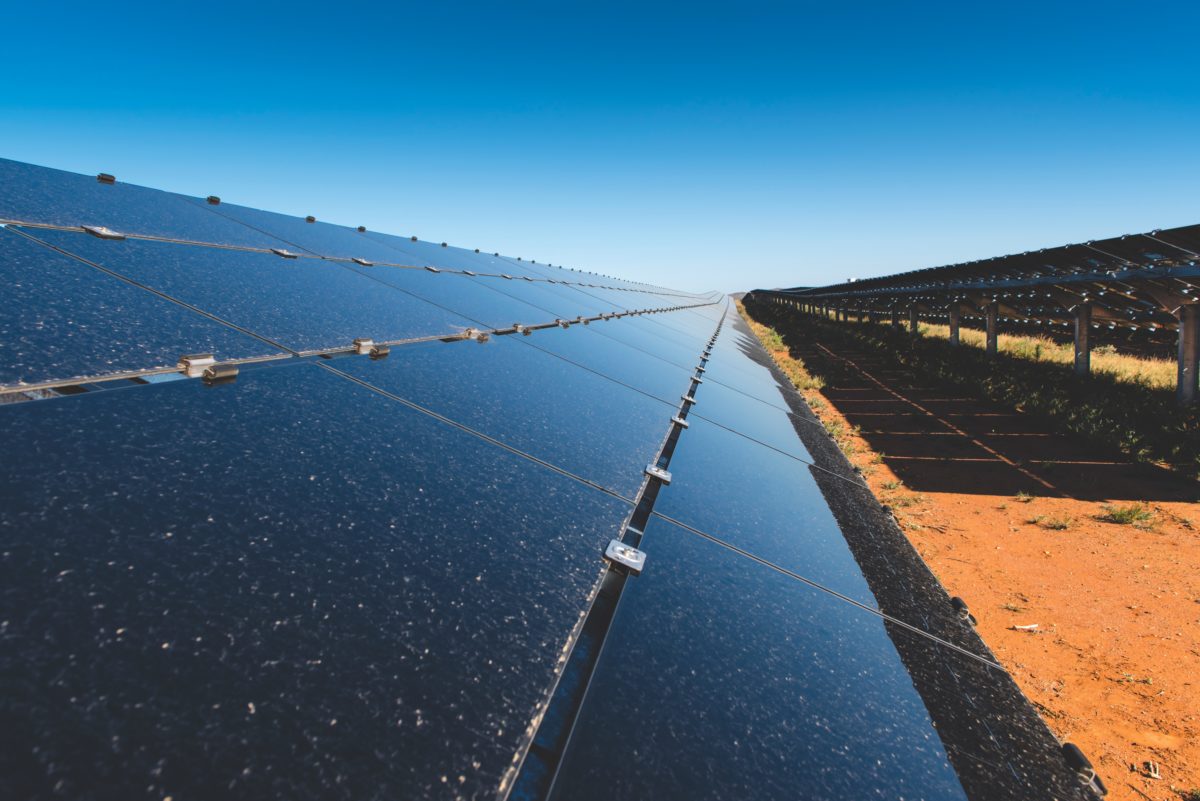
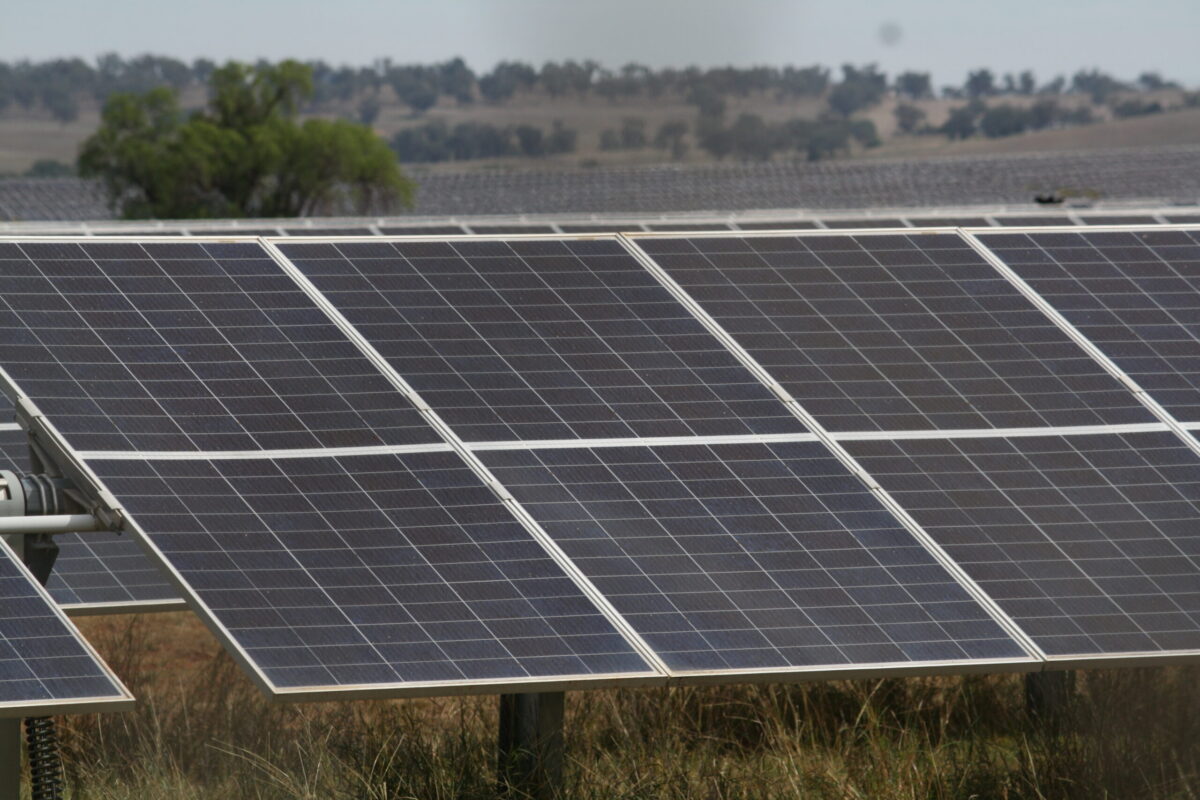


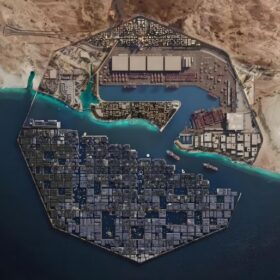
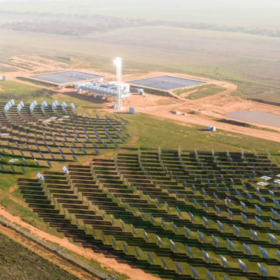
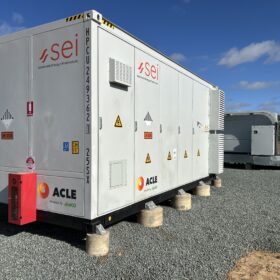
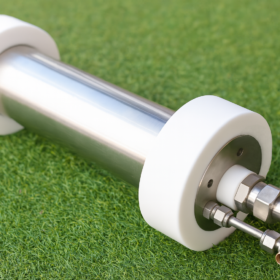
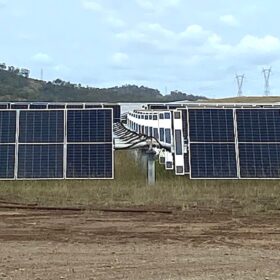
“Manufacturing of the three silicon-based technologies were found to have larger impacts, with processes including quartz reduction, silicon purification, wafer and panel production, inverter, mounting, other electrical installation production. And after this, 30 years in operation, energy consumption, pollutant emission, transportation, waste treatment process, end-of-life dismantling, landfilling and recycling.”
IF one uses solar PV to mine, purify, produce silicon and manufacture and assemble solar PV panels, just how low does one go in price per watt? IF one uses solar PV and energy storage in its own recycling facility, just how low can recycling go to produce usable products for the (remanufacture) of solar PV products? The term in chemistry is entropy or maximum randomness. Coalescing the power to the manufacturing of products and the power to destroy, recycling into one non-fueled technology should bring costs down to rock bottom. Getting to the point of shipping product with non-fueled driven transportation would also decrease the overall cost of the product stream from end to end.
“The group stated that it intends to include other PV technologies such as CIGS, perovskite and organic PV in future LCA studies, and to compare all solar technologies with various renewable, non-renewable power generation technologies.”
The unfortunate part about recycling, is a lot of specific recycling technology has not been designed, installed and operated to actually see, what the real costs of the operation is. Things like, what technology is used? Shred and melt, shred and chemically reduce, a combination of both? Something entirely unthought of as yet?